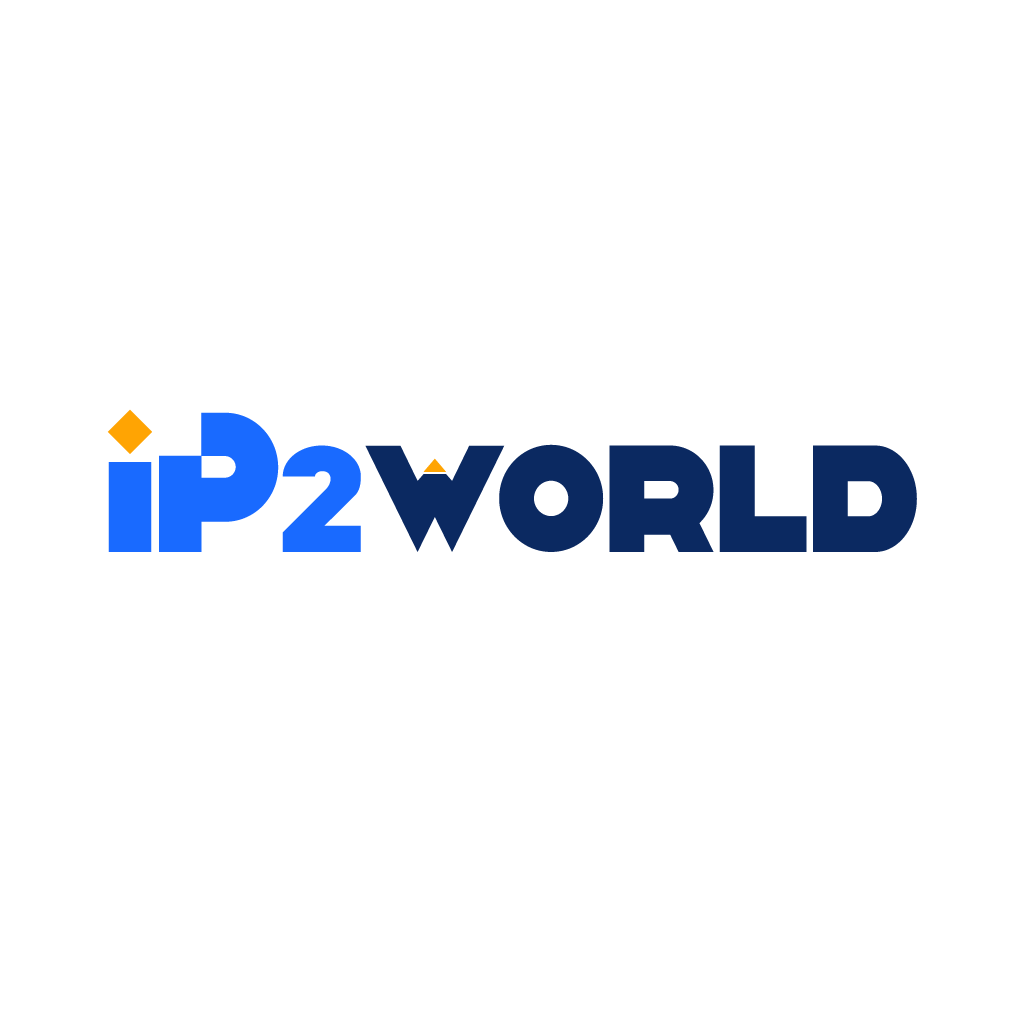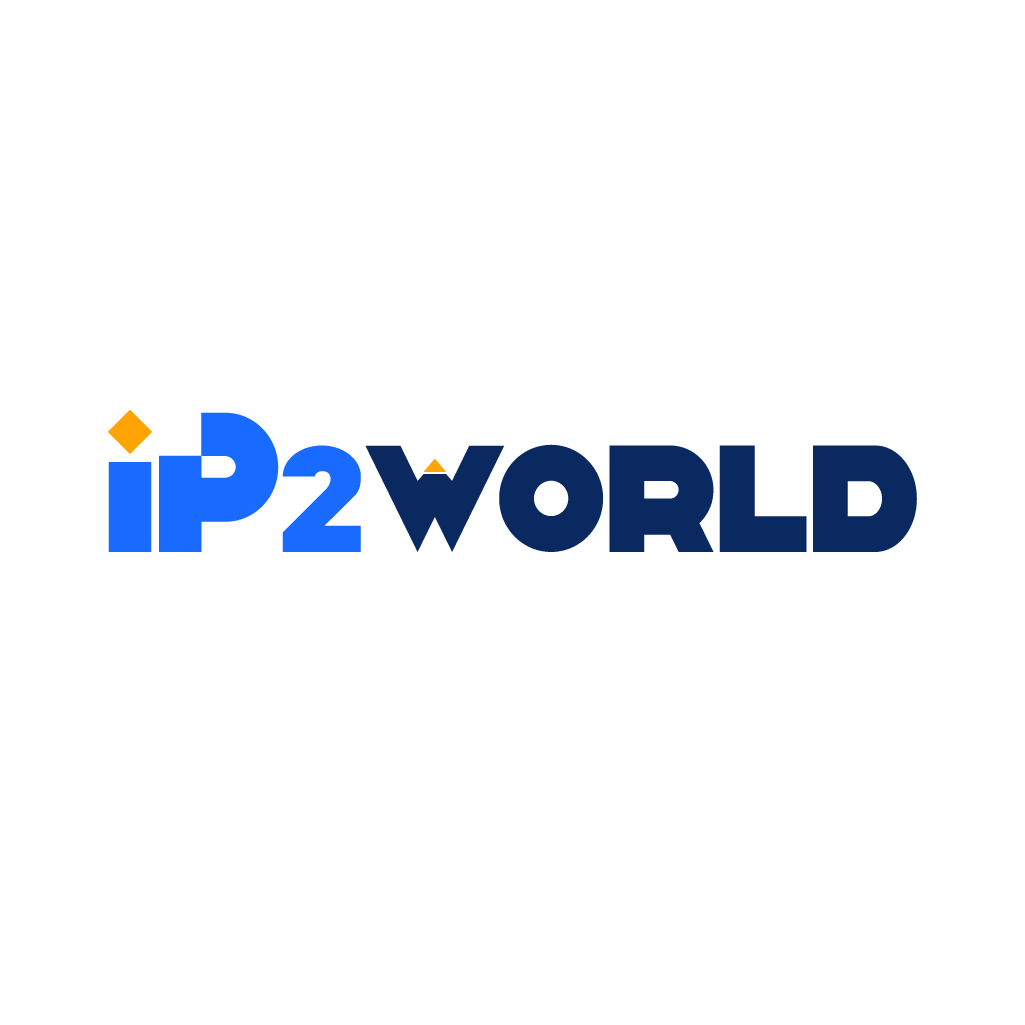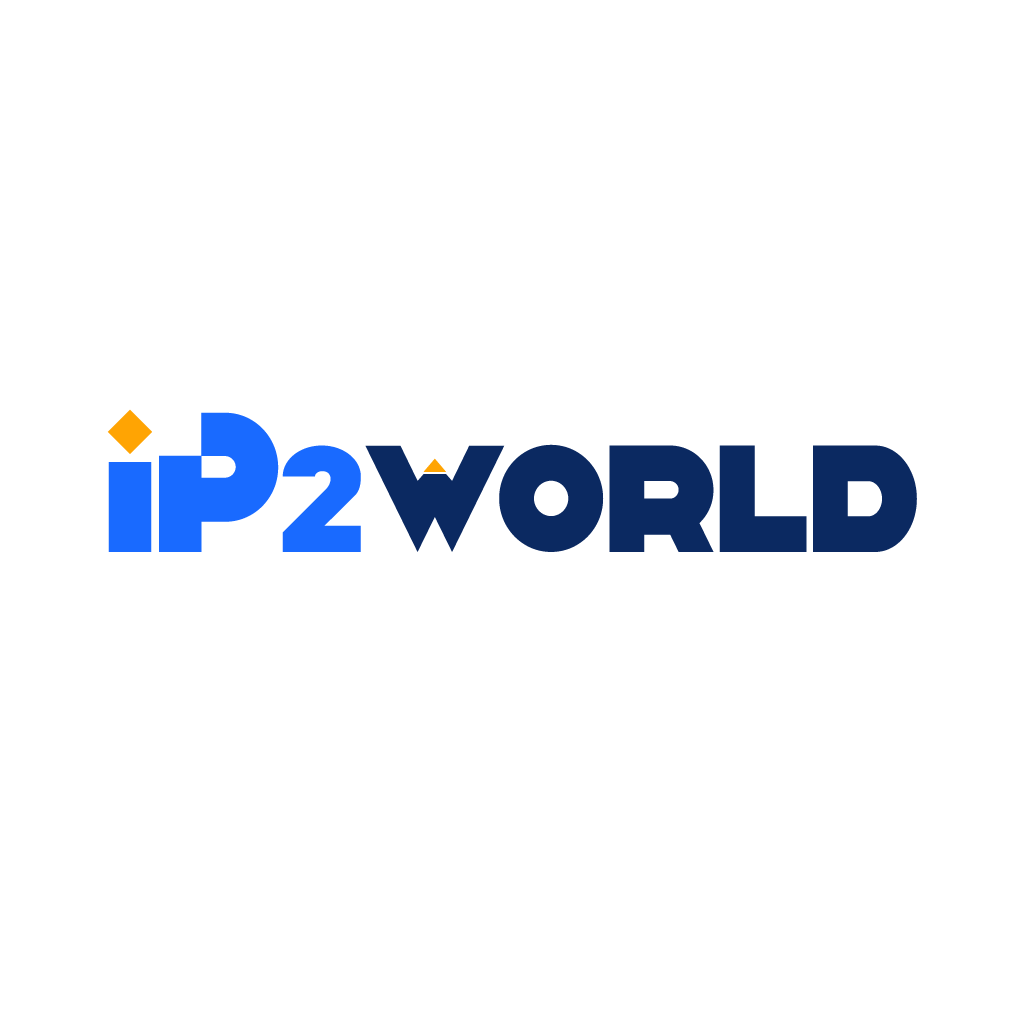Introduction: In an age where the digital frontier continues its expansive growth, businesses and brands face the ever-evolving challenge of distinguishing themselves amidst a sea of online voices. Social media platforms, with their distinct flavors and audiences, have become the central stage upon which brands perform. From the community-driven ethos of Facebook to the immediacy of Twitter, each platform has its unique narrative. Yet, success in this dynamic arena is not solely determined by platform choice, but by an amalgamation of strategic decisions ranging from policy creation and brand storytelling to content development and leveraging real-time engagement tools. In this deep dive, we unpack the essential elements that shape a brand's digital identity, exploring how they can not only survive but thrive in the vast, tumultuous ocean of digital marketing. Platform Essentials: A Deep Dive In the ever-evolving digital landscape, social media platforms stand out as specialized tools, each offering a unique set of attributes tailored to specific demographics and interests. - Facebook: Originally designed to connect college students, Facebook has metamorphosed into a global community builder. Its vast canopy shelters an eclectic mix of users, from young adults sharing personal milestones to businesses rolling out their latest campaigns. Brands can leverage Facebook's extensive user base, utilizing its ad-targeting capabilities, groups, and more, to foster a sense of community and belonging amongst their target audience. - Instagram: If a picture is worth a thousand words, then Instagram is the grand library of visual storytelling. This platform thrives on aesthetic appeal, giving brands the chance to showcase their products or services through captivating visuals, reels, and stories. Additionally, Instagram's features like shoppable posts have blurred the line between browsing and buying, making it a marketer's paradise for driving sales. - Twitter: Dubbed as the heartbeat of the internet, Twitter captures the zeitgeist of the global community. This platform is all about immediacy—news breaks, trends emerge, and conversations spark in real-time. For marketers, Twitter offers a chance to engage with audiences directly, react to trending topics, and even handle customer service inquiries with agility. - LinkedIn: No longer just a resume repository, LinkedIn has blossomed into a dynamic hub for professionals across the globe. While individual users can network and share their expertise, brands can utilize LinkedIn's environment to roll out thought leadership pieces, engage in B2B marketing, and even attract talent. For marketers, understanding the subtleties of each platform is crucial. It's not about being everywhere, but about being where it matters, crafting bespoke strategies that resonate with each platform's user base and its distinct offerings. Building a Bulletproof Social Media Policy The digital realm, akin to a double-edged sword, offers immense opportunities while also harboring pitfalls. A single misstep, an ill-timed tweet, or a security breach can spiral into public relations disasters. This underlines the importance of a robust social media policy. Such a policy serves as the North Star, guiding businesses in their online interactions. Key elements include: - Protocols for Online Interactions: Every interaction online becomes a reflection of the brand's values. This makes it essential to lay down clear guidelines. Whether it's responding to a customer complaint, sharing news, or even posting a meme, protocols ensure that every action is aligned with the brand's ethos, maintaining respect, privacy, and professionalism. - Security Protocols: The digital world is rife with threats—hacks, data breaches, phishing attempts, and more. A sturdy social media policy delineates robust security measures. This could range from regular password updates, two-factor authentication, monitoring for suspicious activities, to training employees about the latest online threats. - Customer Interaction Procedures: In the age of immediacy, customers expect swift and efficient responses. A comprehensive social media policy chalks out procedures for handling customer interactions. Whether it's a product query, a service complaint, or even a compliment, the policy ensures that responses are prompt, respectful, and in line with the brand's voice, thereby bolstering its reputation in the public domain. In essence, a social media policy isn't just a set of rules; it's a brand's playbook for online success, ensuring consistency, security, and stellar customer interactions. Narrating Your Brand Story In the vast expanse of the digital arena, where countless brands jostle for attention, a brand's unique narrative acts as its compass, guiding its journey and shaping its interactions. This narrative isn't just about aesthetics or catchy slogans; it delves deep into the brand's soul, reflecting its ethos, vision, and commitment to its audience. - Consistency in Messaging: Consistency isn't merely about repetition—it's about harmonizing every piece of content, every campaign, and every interaction to resonate with the brand's core message. Whether it's a tweet, a YouTube video, or an Instagram story, every piece of content should be a chapter that complements the overarching brand saga. By ensuring a unified voice and tone across platforms, brands can foster trust and build stronger relationships with their audience. - Effective Storytelling Techniques: The art of storytelling in the digital age requires an alchemy of creativity and strategy. It's about blending captivating visuals, compelling text, and immersive interactivity. With tools like AR, VR, and interactive polls, brands can craft multi-dimensional tales that not only share their story but also make the audience an integral part of it. This immersive storytelling, when done right, creates a lasting bond between the brand and its followers, turning passive viewers into passionate advocates. Mastering the Art of Content Creation In the realm of digital marketing, content reigns supreme. But it's not just about volume; it's about crafting content that strikes a chord, ignites emotions, and spurs action. - Tools for Optimal Content Scheduling: In the fast-paced world of social media, timing can make or break a campaign. Brands must harness tools and platforms that allow for systematic content scheduling, ensuring that posts reach audiences when they're most receptive. This not only guarantees visibility but also reduces content fatigue, ensuring that audiences always find fresh, engaging material in their feeds. - Originality and Authenticity: In an age where content is ubiquitous, originality becomes the differentiator. Brands must eschew the beaten path, venturing into uncharted territories with content that's uniquely theirs. Authenticity, too, is paramount. Today's discerning audiences can easily spot pretense, making it essential for brands to stay true to their essence, showcasing their genuine side, quirks, and all. - Relevance in Content: The digital domain is ever-evolving, with trends, challenges, and preferences in a constant state of flux. Brands must have their fingers on the pulse, crafting content that aligns with their audience's evolving needs. Whether it's addressing a global event, latching onto a viral challenge, or providing solutions to emerging problems, relevance ensures that the content doesn't just get views but also earns engagement, appreciation, and loyalty. In essence, mastering content creation is akin to orchestrating a symphony, where each piece, be it a blog post, a video, or a tweet, comes together in harmony, creating a melody that lingers in the audience's minds long after they've moved on. Data-Driven Decisions in Social Media As the digital landscape continues to evolve, relying on intuition alone is akin to navigating a ship without a compass. Data has emerged as the lighthouse, guiding brands through the often-turbulent seas of social media. - Delving into Metrics: The plethora of data available can be overwhelming. Successful brands, however, are those that sift through this sea of numbers, uncovering nuggets of insights. Whether it's tracking user engagement rates, understanding peak activity hours, or discerning content preferences, these metrics paint a holistic picture of audience behaviors and preferences. - Adaptive Strategies: The true power of data lies in its actionable insights. Brands that thrive are those that take these insights and mold their strategies around them. This iterative approach—of launching, learning, and refining—ensures that campaigns are not static but are constantly evolving, mirroring the dynamic nature of their audiences. - Case Studies: Anecdotes where brands have pivoted their strategies based on data are numerous. For instance, a brand that noticed increased engagement during late evening hours might shift its content publishing schedule to capitalize on this insight, leading to heightened engagement and reach. Amplifying Reach with Collaborations In the age of authenticity, influencers have emerged as the modern-day oracles—trusted, followed, and revered by their audience. - Intricacies of Partnerships: Not every influencer is the right fit. Brands need to delve deeper, understanding an influencer's core audience, values, and messaging tone. Collaborations should feel organic, a natural extension of both the brand's and the influencer's narrative, ensuring genuine engagement. - Diverse Collaboration Models: Gone are the days when collaborations meant a single shoutout. Today, brands can explore myriad models—from Instagram takeovers, to long-term ambassadorships, to co-created content. Each model offers its own set of advantages, allowing brands to tailor their influencer partnerships based on their goals, budget, and target audience. Engaging in the Moment: Live Streaming Strategies Live streaming captures the magic of the 'now', offering audiences a raw, unfiltered view of the brand. - Best Practices for Streaming: A successful live stream is a blend of preparation and spontaneity. Brands need to ensure the basics—clear audio, stable visuals, and a well-lit environment. A roadmap, albeit flexible, helps in navigating the session, ensuring it remains engaging and on-message. - Promotion is Key: A surprise live stream can be exciting, but to ensure maximum participation, it's often wise to promote it in advance. Teasers, countdowns, or simply sharing the agenda can create anticipation, ensuring a wider audience tunes in. - Real-Time Engagement: The beauty of live streaming lies in its two-way interaction. Brands can take questions, conduct on-the-spot polls, or simply shout out to viewers. This real-time engagement transforms passive viewers into active participants, creating a sense of community and belonging. In essence, as brands navigate the intricate maze of digital marketing, data becomes their roadmap, collaborations their amplifiers, and live streaming their tool for genuine, in-the-moment connections. Conclusion: The realm of digital marketing, while vast and at times daunting, offers brands unparalleled opportunities to forge genuine connections, tell compelling stories, and drive tangible results. The complexities of each platform, the importance of a clear and cohesive brand narrative, and the power of data-driven insights coalesce to form the backbone of successful digital marketing strategies. But it's not just about mastering individual elements; it's about orchestrating them harmoniously. Like a maestro guiding an orchestra, brands must deftly navigate the myriad tools and techniques at their disposal, ensuring each note strikes a chord with their audience. In the ever-evolving symphony of the digital age, those who listen, adapt, and engage with authenticity and strategy will undoubtedly find their audience eagerly awaiting the next movement.
2023-09-09





